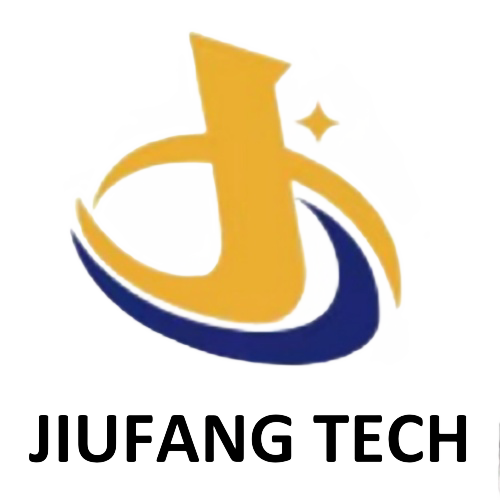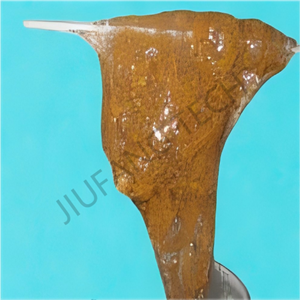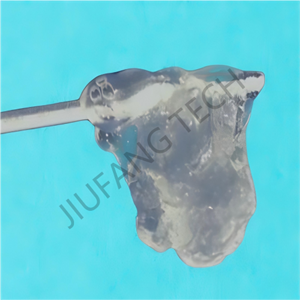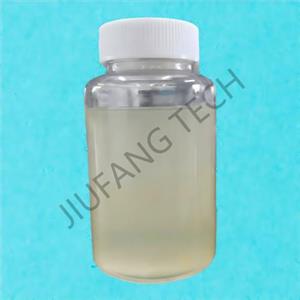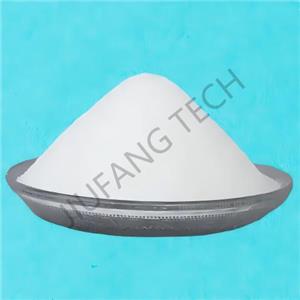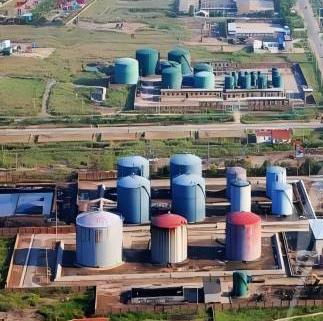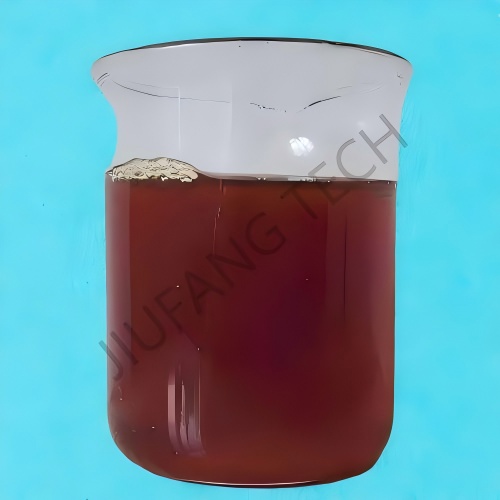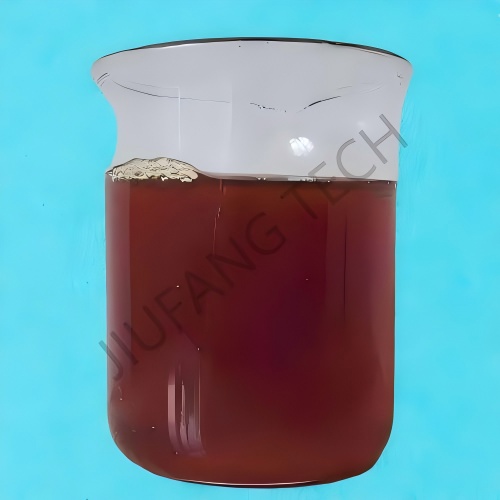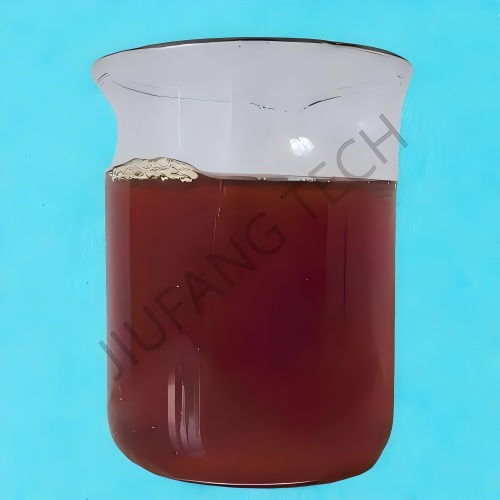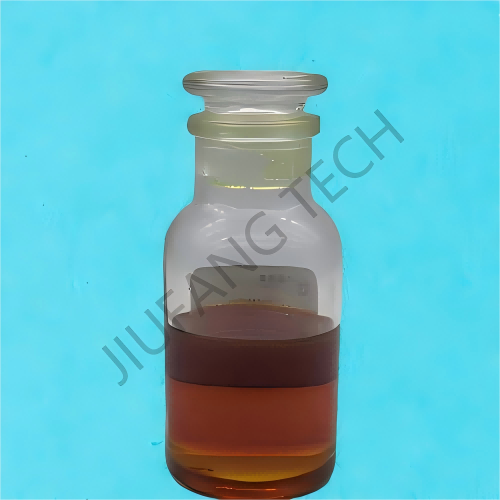
Reverse Demulsifier
Brand Shenyang Jiufang
Product origin China
Delivery time Lead time: 7days
Supply capacity 10000MT/Year
Reverse demulsifier work by destabilizing the emulsion, causing the separation of the two liquids.
The reverse demulsifier of Jiufang TECH (Reverse demulsifier manufacturer)have passed the reverse demulsifier third party report and are now applying to be qualified supplier in Middle east Market.
Download
As a reverse demulsifier manufacturer, Jjiufang Tech make the product indicators in the market requires integrating core functions of oily sludge reverse demulsifier (demulsification and separation efficiency), application of reverse demulsifier for oily sludge (such as oily wastewater treatment, crude oil dehydration, etc.), customer needs, and industry regulations to form an indicator system that is "quantifiable, verifiable, and practical".
The following are the specific calibration logic and the framework of core indicators:
1. Core Performance Indicators using oily sludge reverse demulsifier (Demulsification Effect, of Utmost Concern to Customers). Both laboratory simulation tests (using actual wastewater/crude oil from the target scenario) and on site trial field tests are needed for verification to ensure the reproducibility of the oily sludge reverse demulsifier indicators.
1). Indicators Related to Demulsification Efficiency using oily sludge reverse demulsifier
Oil-water Separation Speed: Under specified temperature/stirring conditions, the time it takes for the emulsion to layer (with a clear interface between the oil phase and the water phase) (e.g., ≤ 30 minutes), which reflects the reaction rate of demulsification.
Oil phase Recovery Rate: For the crude oil dehydration, the water content in the separated oil phase is ≤ 0.5% (or the oil content in the water phase is ≤ 50mg/L); for oily wastewater, the oil content in the treated water phase (e.g., ≤ 10mg/L, referring to the "Integrated Wastewater Discharge Standard" GB 8978).
Water phase Clarity: The turbidity of the treated water phase (e.g., ≤ 10NTU) and the suspended solids content (SS ≤ 30mg/L), which reflects the ability to synergistically remove fine particles. 2).Types of Applicable of oily sludge reverse demulsifier Emulsions
Specify the emulsion systems the product is aimed at, such as O/W (oil - in - water), W/O (water - in - oil), or composite emulsions; mark the types of oil phases it is suitable for (such as crude oil, diesel, cutting fluid, catering waste oil, etc.).
2. Physicochemical Property Indicators (Characteristics of the Product Itself, Affecting Storage and Use) These need to be determined through standardized testing methods (such as national standards, industry standards) to ensure production stability.
Appearance of reverse demulsifier: Color (such as light yellow to brown) and state (liquid/paste, no layering/sediment), which intuitively reflects the uniformity of the product.
Density of reverse demulsifier: Density range at 25℃ (such as 0.90-1.05g/cm³), affecting the metering and dosing accuracy.
Viscosity of reverse demulsifier: Kinematic viscosity at 25℃ (such as 50-500mPa·s), related to the convenience of pumping and dilution.
pH Value of reverse demulsifier: pH range of the undiluted solution (such as 3.0-9.0), to avoid violent reactions with the treatment system (such as acidic wastewater, alkaline crude oil).
Effective Component Content: Mass fraction of active substances (such as polymer flocculants, surfactants) (such as ≥ 30%), directly related to the demulsification ability and cost - performance ratio.
3. Applicable Condition Indicators (Matching Customer Working Conditions, Improving Scenario Adaptability) These need to be set in combination with the typical working conditions of the target market (such as temperature, water quality fluctuations) to reduce the customer's trial - and - error cost.
Temperature Applicable Range of reverse demulsifier: Mark the temperature interval for effective demulsification (such as 5-60℃), differentiating normal temperature type (15 - 35℃), low temperature type (≤ 10℃), and high temperature type (≥ 40℃), especially for low - temperature in the north or high temperature industrial wastewater scenarios.
pH Applicable Range of oily sludge reverse demulsifier: pH tolerance of the treatment system (such as 4.0 - 10.0), covering the pH fluctuations of common wastewater/crude oil (such as coal chemical wastewater being acidic and oilfield produced water being alkaline).
Salinity Tolerance: Adaptability to high salt systems (such as seawater, high salinity wastewater from oilfields), mark the tolerated NaCl concentration (such as ≤ 50000mg/L).
Optimal Dosage of reverse demulsifier: For wastewater with a typical oil content (such as 1000 - 10000mg/L), recommend the dosage range (such as 50 - 500ppm), balancing the effect and cost. 4. Safety and Environmental Protection Indicators (Complying with Regulations, Reducing Customer Risks) These need to refer to environmental protection and safety standards (such as the "Regulations on the Safety Management of Hazardous Chemicals", "Water Pollutant Discharge Standard") to avoid compliance issues.
Biological Toxicity: Acute toxicity to aquatic organisms (such as fish, algae) (LC50 ≥ 10mg/L), or microbial inhibition to the biochemical treatment system (such as no significant decrease in the BOD5/COD ratio).
Biodegradability: Aerobic biodegradation rate (such as ≥ 60%, referring to GB/T 27857), suitable for scenarios with subsequent biochemical treatment( reverse demulsifier for oily sludge).
Corrosivity: Corrosion rate to carbon steel/stainless steel (such as ≤ 0.1mm/a), to avoid equipment wear.
Storage Stability: Under sealed conditions, shelf life (such as 12 months) and storage temperature (such as 5-35℃), ensuring the performance remains unchanged during transportation and inventory.
5. Synergy Indicators (Adapting to Customers' Existing Processes) Considering that customers may use it in combination with other agents (such as flocculants, coagulant aids), the compatibility needs to be clarified.
Synergy with Common Agents: For example, whether the combination with PAC and PAM improves efficiency (such as integrated demulsification + flocculation), or whether there are interferences (such as excessive foaming).
Biodegradability of Treated Water: If the customer uses the biochemical method subsequently, mark the B/C ratio of the treated water (such as ≥ 0.3) to ensure that the biodegradability does not decrease.
6. Calibration Logic: Integrating Market and Self advantages
1). Benchmarking against Industry Standards and Competitors: Refer to the indicator ranges of similar products (such as the demulsifier for oilfields SY/T 5281), avoiding setting indicators that are too high (difficult to produce) or too low (lacking competitiveness).
2). Highlighting Differentiated Advantages: If the product has advantages in low temperature demulsification, low dosage, etc., the corresponding indicators can be set as core selling points (such as "Demulsification efficiency ≥ 90% at 0℃").
3). Dynamic Adjustment: According to customer feedback (such as a certain industry having higher requirements for salinity) or new scenarios (such as shale gas produced water), iterate the indicator system. Ultimately, the product indicators need to form a complete document of "testing method + numerical range + application scenario description", which not only allows customers to clearly judge the adaptability but also provides a basis for in - house production quality control.
| Appearance | Uniform liquid, no impurities |
| Technical data | Reverse demulsifier third party report |
| Density @ 20°C (68°F) | 1.1- 1.25 g/ml (9.51-9.85 lb/gal) |
| Content | >35% |
| Viscosity @ 20°C (68°F) | < 150cp |
| pH (Neat) @ 20°C (68°F) | 3-6 |
| Freezing point | -12°C (10°F) |
| Boiling point | 99 °C (210°F) |
| Closed flash point | ≥93.3 |
| Solubility in water | Soluble,easily dispersible |
